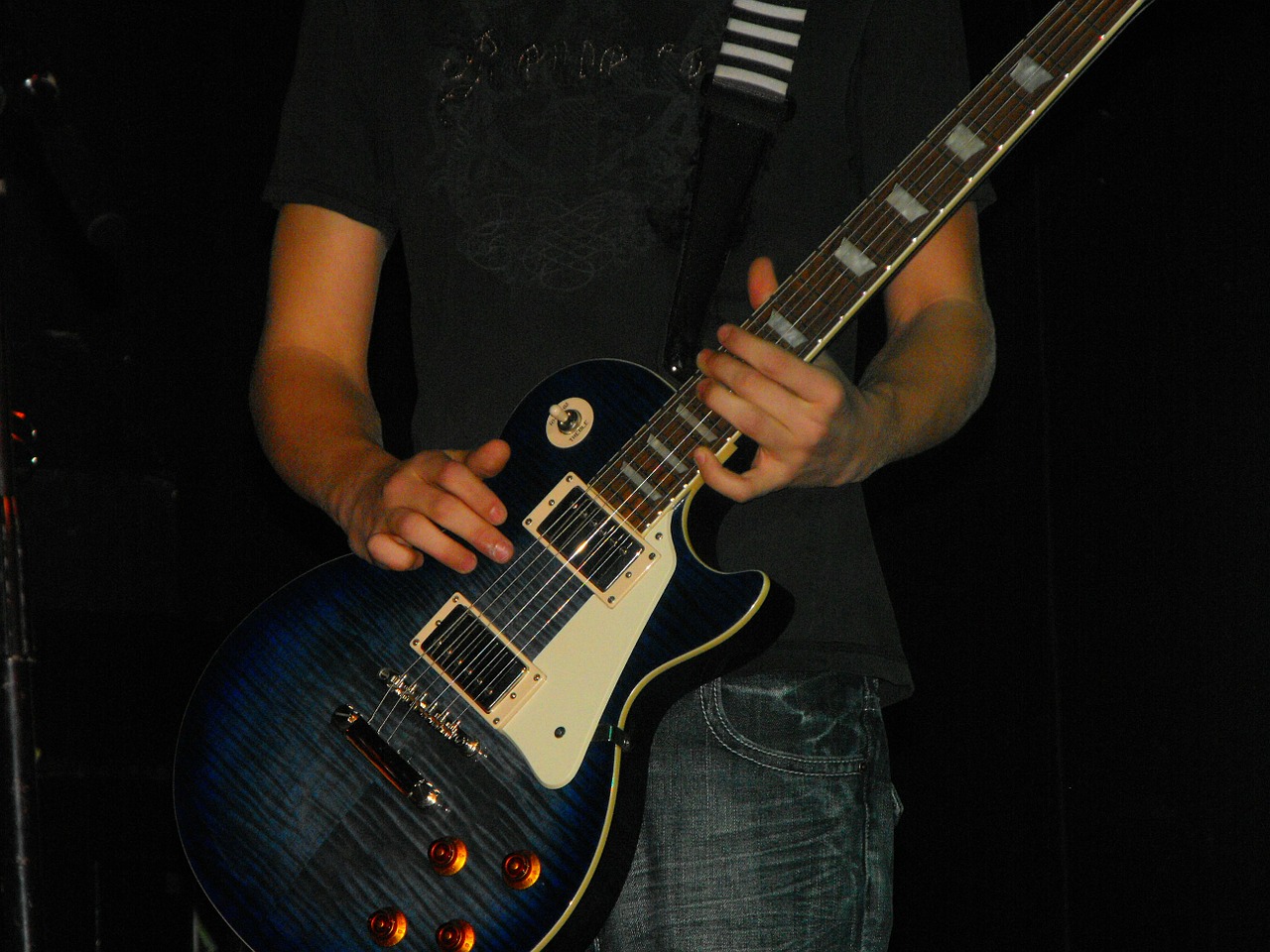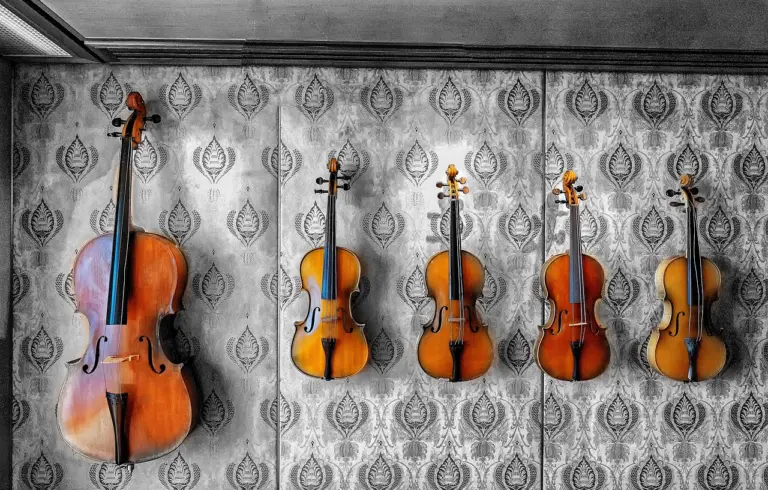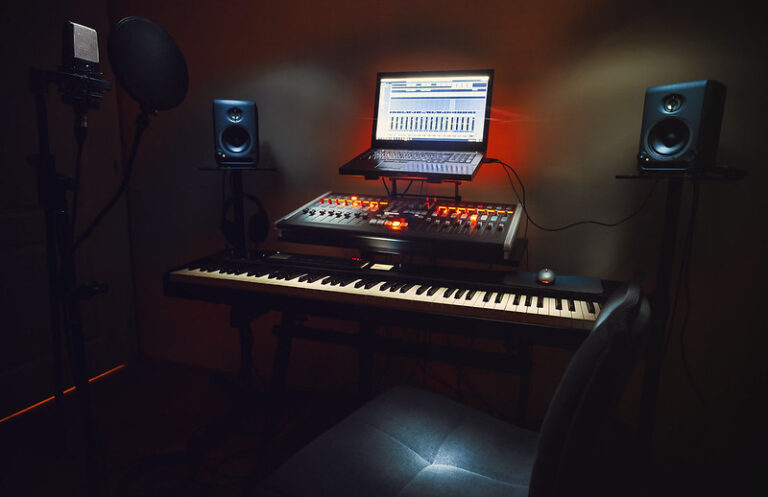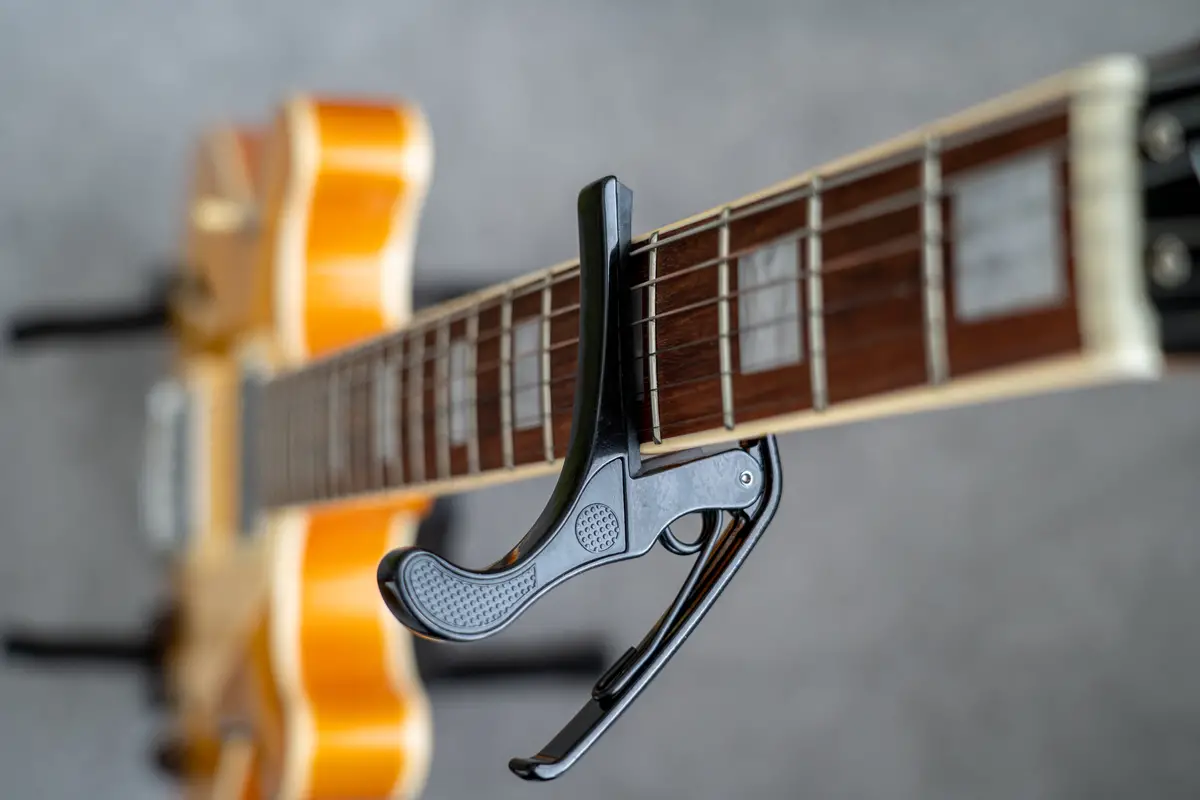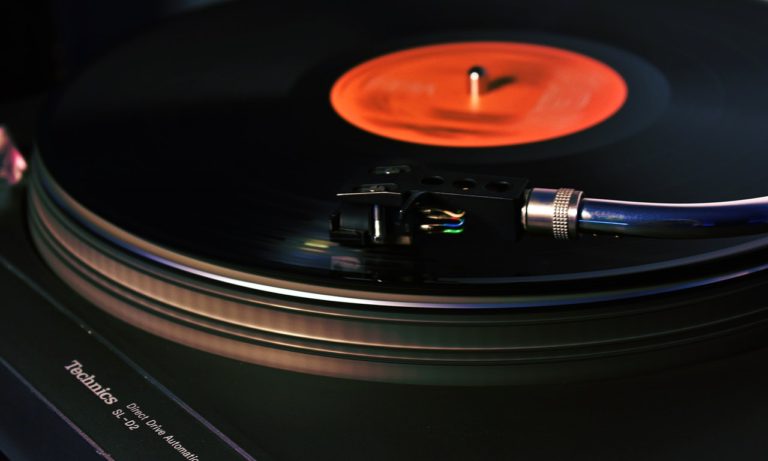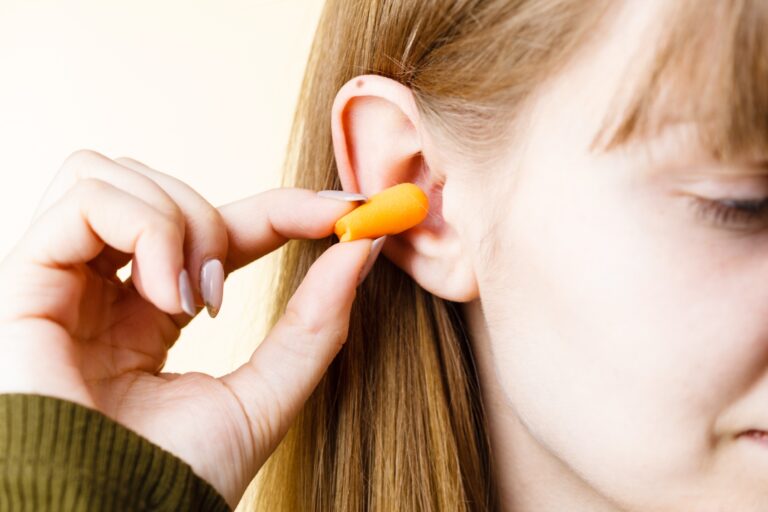How Do Rock Bands Warm Up For A Show?
Prepping for a concert is something many rock bands must do. Different bands have different techniques at their disposal to warm up for the big show. Those who are not musicians may be curious: how do rock bands warm up for a show?
Bands may have specific techniques at hand to war up. Bands can follow certain generic practices for optimal pre-show warm-ups. Following these practices tend to give musicians and singers the best performances for their live shows.
The degrees of warm-ups vary depending upon a band member’s contribution to the band in question. Different instruments require different warm-ups. Singers need a completely separate warm-up routine altogether. Let’s check out the differences below.
Why Warm-Ups are Important for Bands
Warm-Ups are necessary for bands to prepare themselves for the coming show. Depending on the nature of their performance, a proper warm-up can make all the difference. It can prepare a band for the physical and musical demands of performing live. It can also get their minds focused and into the performance headspace.
Guitar players and bass players have to practice differently than the drummer or singer. Breaking down the components of a band is helpful here. Rock and metal bands generally tend to have at least four essential elements. They generally tend to be as follows:
- Vocals
- Guitar
- Bass
- Drums
These four particular roles require different practices to warm up. Understanding the roles also helps potential band members (or curious observers) better know the extent of pre-show warm-ups.
Breaking Down Band Warm-Ups
Establishing the four primary roles of a rock/metal band paints a general picture. Different bands will involve various components. Some bands may have keyboard players, perhaps even synthesizers. The four main categories listed (vocals, guitar, bass, drums) are not the end-all-be-all.
Knowing these four roles will give a general picture of what these bands must do to prepare for a show. Taking other potential components such as keyboards is helpful, yet not always necessary. For general understanding, the four main parts are the most useful.
Each component requires specific exercises for good warm-ups. Vocals, guitar, bass, and drums need their unique steps. Two types of band warm-ups are as follows:
- Instrumental
- Physical
Instrumental Warm-Ups
Members of the band should run through their various exercises together before the show begins. The best practice is between individuals and their instruments, yet having a group warm-up is also essential. Practicing songs together is crucial in a proper warm-up.
Vocalists should also participate in these instrumental warm-ups. The voice is also an instrument, and it is generally good to practice vocals with the rest of the band during a warm-up. Bands must ensure the tuning of the vocals is in sync with the instrumentals of the songs that musicians will perform.
Physical Warm-Ups
Performing in a live show is exactly that; a performance. Bands do not simply stand on stage static while playing a song. They move, dance, and sometimes use props to keep the crowd entertained. Being that is the case, proper physical warm-ups are necessary to ensure artists may last throughout the show.
These warm-ups are also necessary to avoid injuries. Physical performance can strain the body. Avoiding that strain through proper warm-ups (depending on the nature of physical activity) is essential. Some bands may have more elaborate physical performances than others, so the variance here depends upon the band in question.
Depending on the nature of the physical performance, bands will use several different warm-up techniques. Some techniques can include, but are not limited to, as follows:
- Jumping jacks
- Push-ups
- Stretching
Physical fitness is vital to maintain longevity throughout a show. Here’s a video reaffirming the need for musicians to exercise:
Vocal Warm-Ups
Singers require different exercises to warm up. Unlike their other band members, the singer may not themselves play an instrument. Their voice is their instrument, and preparation can require unique steps.
The instrument of a singer is their vocal folds (vocal cords). These are made of pure muscle, resting just behind your Adam’s apple. With any intense muscle workout, proper warm-ups are necessary to prevent the straining of the muscles.
Consider preparing your vocals similar to running a marathon. A runner has to prep their leg muscles to endure the marathon’s length to run a marathon. A runner who does not warm up properly may run for some time, but their muscles will eventually wear out and prevent them from running the entire distance.
Much like marathon running, failing to prepare your vocals for a show could strain your voice before the end of the show. Different vocalists will have their specific exercises, yet a few are generally followed among many singers. Four distinct exercises, generally adhered to, are as follows:
- Yawn-Sigh
- Humming
- Breathing Exercises
- Tongue Trills
Yawn-Sigh Warm-Ups
The Yawn-Sigh technique is a relatively quick one. The method asks you to yawn with your mouth closed, taking in air through the nose. Afterward, exhale through the nose (the sigh). Doing this helps vocalists relax their voices.
Aside from relaxing the voice, this warm-up also helps to improve vocal range. This exercise is recommended at the end of your other warm-ups. This technique is generally more beneficial after different warm-ups to the voice have been done.
Here’s a video showing you how it is done:
Humming Warm-Ups
Humming is among the most beneficial voice warm-ups. This benefit is primarily due to the low strain it puts on the vocal folds. Practicing gentle hums helps form sound resonance, as well as relaxing face muscles. Placing the tip of your tongue behind your bottom front teeth while humming up and down (keeping your mouth closed) is a standard humming warm-up.
Perform this warm-up early in the day and before a show. Doing this also helps restore the quality of tone in the voice while sleeping. Humming in the shower is a good technique for this exercise. The key is to get the “hmmmm” of your voice going and maintain that tune so the voice will be less strained.
Breathing Exercise Warm-Ups
Breathing exercises are a perfect way of warming up the voice for a show. There are many types of breathing exercises to choose from. Some techniques, however, may help singers prepare their voices more than others.
While many breathing techniques are out there, two help singers warm up their voices for live performances. These two techniques are as follows:
- Diaphragm Singing
- Hissing Exhale
The diaphragm is the muscle between your chest and stomach. It controls how much air you breathe in and out. Using your diaphragm properly gives more power and range behind a voice.
A hissing exhale forces singers to use their diaphragms, helping perfect vocal power and range. This process involves emphasizing “s” sounds when pronouncing words, helping exercise the diaphragm. This exercise is also a helpful warm-up in building lung capacity.
Tongue Trill Warm-Ups
Tongue Trills are not always easy for every singer. A tongue trill involves curling your tongue, as well as rolling your R’s. This warm-up is done while practicing vocal range, from low to high points.
Tongue trills replace vowels in lyrics with the pure power of voice range. Pitch and volume, as well as tongue movement, overshadow vowels here.
Tongue trills help in gathering a sense of muscle adjustment in the throat and face. Understanding how fast or slow a singer’s muscles can adjust to shifting range helps better vocal performances.
It would be best if you used this warm-up sparingly. Vocalists need to practice singing with vowels, as they need to know how to sing certain words. Exercising with tongue trills should be used from time to time to perfect the power of a voice. Besides that, you should not use this warm-up too frequently.
As mentioned earlier, these vocal warm-ups should be practiced alone and with the rest of the band. Warming up as a group is essential in ensuring proper cohesion of the band and that they perform well together. Being that a rock band is a group effort, making sure the group can work together is vital.
Guitar Warm-Ups
The guitar player is among the most seminal members of a potential rock or metal band. Some bands will have multiple guitar players, emphasizing the guitar’s power for the band’s sound. Being that the guitar is a main instrumental focus here, knowing the proper guitar warm-ups is essential.
Much like with other instruments, many exercises can be helpful. These two warm-ups include as follows:
- Four Finger Exercises
- Chord Warm-Ups
These two exercises help a guitarist gain variance of style and prep them for their upcoming show. Following these general steps can prove helpful to the band guitarist as they prepare for a live performance.
Four Finger Warm-Ups
This exercise loosens up your (four) fret-hand fingers. Starting at a slow tempo helps ensure the music is played correctly. You will then gradually increase the beat as the piece progresses.
As a general rule, it is better to start the tempo slow and make sure the music is played correctly rather than create a fast rhythm and be sloppy. Alternate picking is helpful for any single-note warm-ups. While alternate picking may seem challenging at first, it will help any guitarist gain speed and accuracy in their performance.
The key with this warm-up is gaining command over speed and accuracy of tempo. Learning to control your speed with a guitar helps the guitarist set a proper pace for the potential songs being performed.
Chord Warm-Ups
Chord warm-ups are helpful for any guitarist. Having a solid grasp on rhythm is vital, as very few guitarists play strictly solo sets. Being that is the case, knowing some rhythmic chord exercises helps guitarists gain more depth of sound and variance in what they can play.
Gaining good knowledge of rhythm in a guitar helps any guitarist be more flexible during a live show. Flexibility is vital in a live performance. When guitarists prep themselves to be relaxed during a show, it can do wonders for the band to work together.
Bass Warm-Ups
Bass warm-ups are similar in some respects to guitar warm-ups. The bass, however, is much more limited on chords and sound. The purpose of bass is to keep the beat consistent between the guitar and drums.
With limited sound variance, bass warm-ups are much more straightforward. Two primary exercises are of aid to bass players in their warm-up. These two exercises are as follows:
- Spider
- Isometrics
Spider Warm-Ups
There are various “spider” exercises available. The general concept for the spider technique is one finger per fret. This warm-up helps ensure good interchangeability with left and right-hand fingering.
The primary focus here is to improve hand variation. The exercise is to be done at a slow tempo, aiming for tiny spaces between notes. This practice helps the bass player keep the beat of the song consistent while checking the tone quality.
Isometric Warm-Ups
This warm-up helps bass players prevent their four left-hand fingers from being static during a performance. Ideally, a bassist will only want one finger raised from the fingerboard. Doing this helps strengthen the muscles and tendons in that finger.
A challenge bass players have with improvising is they will get caught playing only certain chords, unable to change pace or style because they have not established independent control of each finger. Isometric exercises help the brain wire itself to command the fingers, allowing for a more fluid technique.
Drum Warm-Ups
Drum warm-ups are different from stringed instruments, of course. The drums are the mainstay of a rock band’s beat, and the drummer must stay focused on maintaining a steady beat in conjunction with the other members of the band. The drummer is the glue that holds the pieces of the rock band together.
Drummers would do their best to do physical warm-ups such as stretching or jumping jacks to get their blood flowing. Drumming can require higher levels of physical activity than guitar or bass. Having the drummers be comfortable with their drum set improves more excellent band performance overall.
Three specific warm-ups help with drummers, both new and experienced. These three steps include, but are not limited to, as follows:
- Single Strokes
- Double Strokes
- Single Paradiddles
Single Stroke Warm-Ups
These single-stroke warm-ups generally start at setting your metronome to at least 60 beats per minute (BPM). Playing the 16th notes on the snare drum comes next while moving the strokes around the drums in four beats. Adding alternating bass drum and hit-hat taps with this exercise also helps.
This warm-up helps drummers play quicker while maintaining clear and concise notes. The 60 BPM tempo is not set in stone either. If you are practicing for a faster set, increase the tempo as needed, and vice-versa.
Double Stroke Warm-Ups
Double Stroke Warm-Ups work similarly to single stroke ones. The key difference here is rather than playing one drum stroke per hand, two are played per hand. As the metronome still ticks, playing double strokes on the snare drum is a helpful exercise.
The Double Stroke is one of the most important aspects of drumming, giving the drummer’s wrists great versatility. Warming up with double strokes helps give the drummer a proper workout, followed by single paradiddles.
Single Paradiddle Warm-Ups
This exercise builds upon one of the more popular drum practices. Single paradiddles combine single strokes with double strokes. Paradiddle is a combinative phrase, taking “Para” (two single strokes) and “diddle” (set of double strokes).
Drummers who warm up with single and double strokes can perform better by practicing in tandem with single paradiddles. Doing so gives a step-by-step warm-up, following one procession with another in a logical format.
Conclusion
Rock bands warm up for live shows in various ways. These ways will depend upon the position in the band. Both individual practice and group practice are the keys to successful warm-ups before the performance.
Understanding each band member’s role helps give those unfamiliar with being in a band insight into how much preparation is needed before playing a show. Indeed, there is much more to a band performing than showing up on stage with instruments and singers.
Warm-ups are crucial for bands to optimize their performances during the show. Practice can make perfect, after all.

